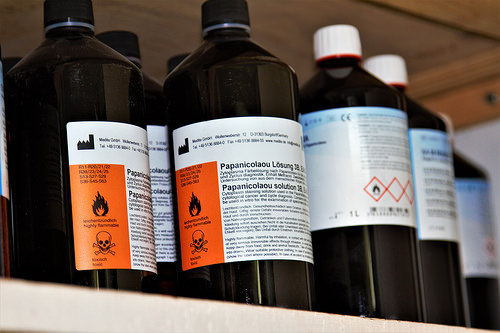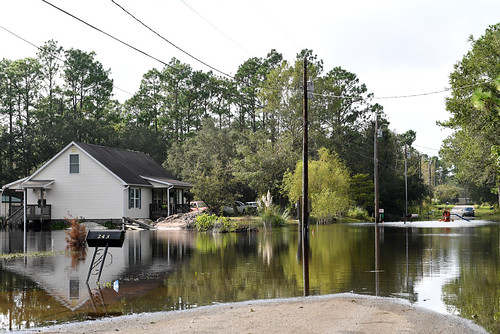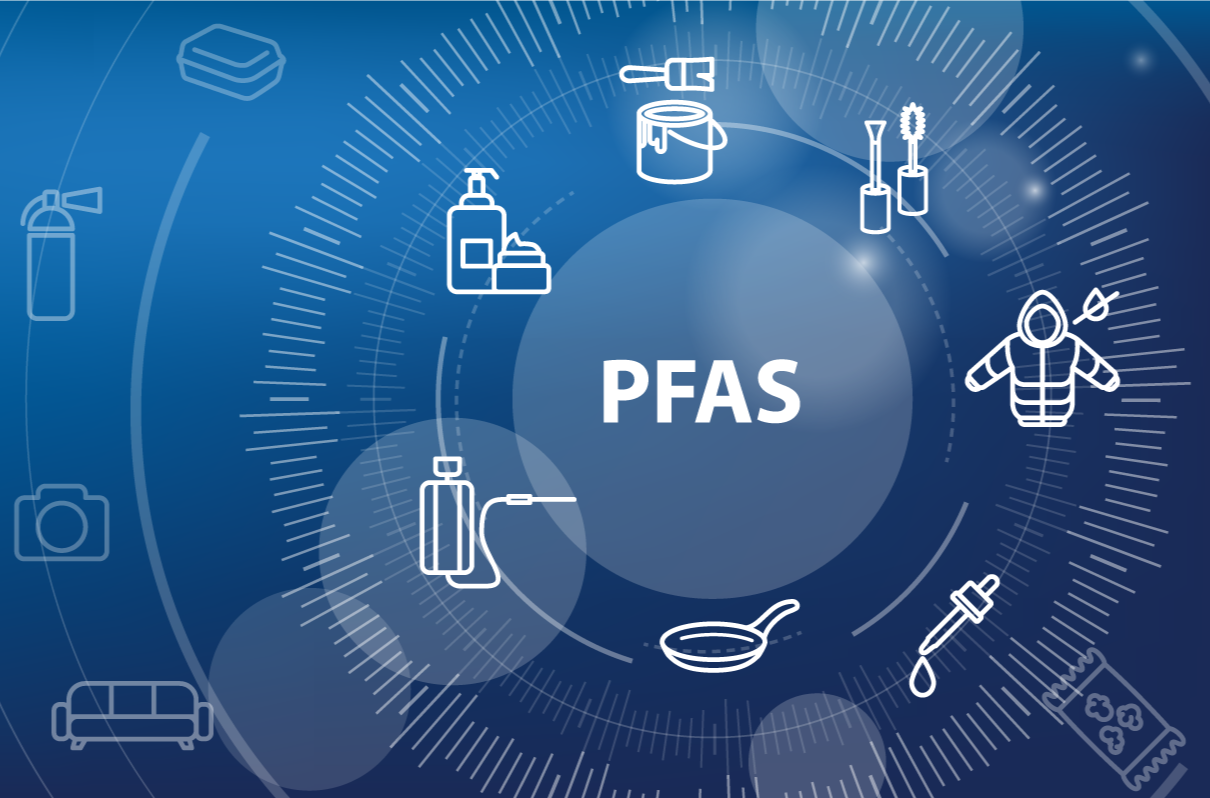The Clean Air Act (CAA) directs the Environmental Protection Agency (EPA) to define “hazardous air pollutants (HAPs)” that may pose acute health hazards, and to impose regulations to reduce those hazards. Controls include permits for “major sources” of HAPs based on “Maximum Achievable Control Technologies (MACT),” and lesser controls for non-major “area sources.” Effective September 10, 2024 EPA has reinstated a policy that an emission source that met major source criteria at the time an applicable MACT became effective is “once in, always in” – even if a source makes binding changes reducing its “potential to emit” below the applicable major source threshold, it still cannot formally requalify as a less-regulated area source. This policy was in force from 1995 until EPA reversed it in January 2018 to allow full reclassification. EPA subsequently codified this approach in a rule issued in 2020. However, EPA has now revised that rule to reinstate “once in, always in.” The rest of this note summarizes CAA requirements for HAP sources, and the latest change.
Read MoreAudit, Compliance and Risk Blog
EPA reinstates “Once in Always in” policy for major sources of hazardous air pollutant emissions
Posted by Jon Elliott on Wed, Oct 09, 2024
Tags: Environmental risks, CAA, clean air, Air Toxics, Environment, Clean Air Act, environmental protection
Canada has just imposed restrictions against false or misleading statements made in marketing or other materials regarding the environmental impacts and benefits of goods and services -- “greenwashing.” These provisions were adopted as amendments to the Competition Act, enacted as part of the Government’s omnibus “Fall Economic Statement Implementation Act, 2023” (Bill C-59), which received royal Assent on June 20.
Read MoreTags: Environmental risks, Environmental, Environmental Projects, Environment, Environmental Policy
EPA proposes TSCA review of five potential high hazardous substances
Posted by Jon Elliott on Fri, Aug 16, 2024
The 2016 amendments to the Toxic Substances Control Act (TSCA) added procedures for the Environmental Protection Agency (EPA) to evaluate risks presented by existing chemicals using the latest scientific information – including information developed after a chemical entered use in the US. Based on these reviews, EPA is to update its regulatory requirements, ranging from labeling-only through use restrictions up to and including bans from further distribution and use. (I summarized these review requirements HERE ). Beginning in November 2019, EPA regularly announces new chemical reviews, and subsequently the results of these reviews. (I wrote about the first review announcement HERE ). On July 25, 2024 EPA published a formal proposal to review 5 additional chemicals for designation as High-Priority Substance subject to strict controls under TSCA. The rest of this note identifies these proposed chemicals.
Read MoreTags: Health & Safety, Environmental risks, Environmental, EPA, tsca, Hazardous Waste, Environment, Hazardous Chemicals, Hazardous Material
In June, the US Occupational Safety and Health Administration (OSHA) and other federal agencies reacted to flooding in Florida by re-highlighting existing guidance to support preparation for potential flooding this summer, and to respond when it occurs. OSHA’s guidance is directed at employers, while the National Weather Service (NWS) provides more generalized guidance and the Centers for Disease Control and Prevention (CDC) target families. The rest of this note summarizes this timely information, centering on OSHA’s offerings.
Read MoreTags: OSHA, Environmental risks, Environmental, CDC, Environment, Environmental Policy, NWS
EPA designates two perfluoro “forever chemicals” as Superfund hazardous substances
Posted by Jon Elliott on Mon, Jul 01, 2024
On May 8, 2024, the Environmental Protection Agency (EPA) published rule revisions adding two perfluoro chemicals -- Perfluorooctanoic Acid (PFOA) and Perfluorooctanesulfonic Acid (PFOS) – as hazardous substances under the federal Superfund law (Comprehensive Environmental Response, Compensation, and Liability Act (CERCLA)). This listing is the latest regulatory action by EPA tightening controls on per- and poly-fluoroalkyl substances (PFAs); the initiatives are covered under the agency’s “PFAs Strategic Roadmap: EPA’s Commitments to Action 2021—2024,” promulgated in October 2021. The remainder of this note describes the latest action, which finalizes a proposal issued in August 2021 (which I wrote about HERE).
Read MoreTags: Environmental risks, Environmental, EPA, chemical safety, CERCLA, Environment, PFAS, PFOS
US Government issues policy and principles for voluntary carbon markets
Posted by Jon Elliott on Thu, Jun 27, 2024
On Mrbonbonay 28, the Biden administration issued a “Joint Statement of Policy and new Principles for Responsible Participation in Voluntary Carbon Markets, presenting the U.S. government’s approach to advancing Voluntary Carbon Markets (VCMs). The new document was signed by the Treasury Secretary, Agriculture Secretary, Energy Secretary, Senior Advisor for International Climate Policy, National Economic Advisor, and National Climate Advisor, whose responsibilities are most relevant.
Regulatory and market-based programs are steadily increasing opportunities for entities to contract with projects that reduce emissions of carbon dioxide and other greenhouse gases (GHGs), and to claim credit for those “carbon offsets” or “carbon credits.” Some such claims are used to satisfy formal air quality and GHG reduction requirements, while others are touted to enhance entities’ “green” credentials. Programs around the globe compile such claims, and some provide third party validations – but possible “greenwashing” of unjustified claims remains a significant concern. The new VCM Policy and Principles provide federal guidance and expectations. The remainder of this note summarizes the policy perinciples presented in the new Policy.
Read MoreTags: Environmental risks, Environmental, ghg, Environment, Environmental Policy, Joe Biden, VCMs, Carbon markets
EPA updates and expands mandatory greenhouse gas emission reporting requirements
Posted by Jon Elliott on Mon, May 06, 2024
On April 25, 2024, the US Environmental Protection Agency (EPA) published very extensive technical revisions to its Greenhouse Gas Reporting Program (GHGRP), which requires thousands of facilities and organizations to report annual emissions of greenhouse gases (GHGs) (40 CFR part 98). These revisions finalize proposals published in June 2022 and May 2023. (I wrote about the second set HERE). The remainder of this note summarizes these changes. (I’ve written about EPA’s mandatory GHG reporting program several times, including HERE).
Read MoreTags: Environmental risks, Environmental, EPA, Greenhouse Gas, ghg, greenhouse, Environment, GHGRP
EPA requires worst case release planning by onshore facilities
Posted by Jon Elliott on Tue, Apr 23, 2024
On March 28, 2024, the US Environmental Protection Agency (EPA) adopted requirements that qualifying onshore non-transportation-related facilities prepare Facility Response Plans (FRPs) to address possible “worst case” discharges of hazardous substances into navigable waters or related areas. These new requirements fulfill a mandate imposed in 2020 after environmental groups successfully sued EPA for failing to issue such rules in the 30 years following 1990 amendments to the Clean Water Act (CWA) directed EPA to do so (Environmental Justice Health Alliance for Chemical Policy Reform, et al. v. EPA). The rest of this note discusses these new requirements, in the context of CWA facility preparation requirements.
Read MoreTags: Environmental risks, Environmental, EPA, CWA, Clear water, Hazardous Waste, Environment, Environmental Policy
SEC adopts climate-related disclosure requirements for public companies
Posted by Jon Elliott on Tue, Mar 26, 2024
On March 6, 2024 the US Securities and Exchange Commission (SEC) announced new requirements that selected “public companies” (i.e, listed on national securities exchanges) provide “climate-related disclosures for investors” in their registration statements and annual reports. SEC is incorporating them into existing requirements to disclose “material information,” under the Securities Act of 1933 and the Securities Exchange Act of 1934. These new requirements are more limited than those proposed by SEC in March 2022 (which I wrote about HERE). The remainder of this note summarizes SEC’s new requirements.
Read More
Tags: SEC, Environmental risks, Environmental, climate change, Environment, Climate
The Environmental Protection Agency (EPA) announced on February 7. 2024 its decision to tighten one the National Ambient Air Quality Standard (NAAQS) for particulate matter less than or equal to 2.5 microns; (PM-2.5; also call “fines” in contrast to larger particulates). This decision completes EPA’s reconsideration of a decision in 2020 not to adjust the PM-2.5 requirements (I wrote about that decision HERE); the change reflects in part the changed priorities between the Trump and Biden administrations. The rest of this note summarizes NAAQS issues as they apply to PM-2.5.
Read MoreTags: Environmental risks, Environmental, EPA, clean air, Air Toxics, Environment, Clean Air Act, Environmental Policy









